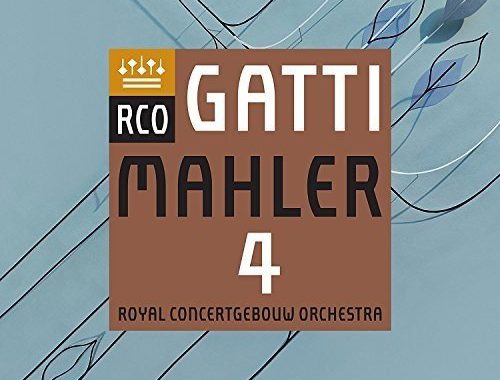GRAMOPHONE: From Where I Sit – February 2022
 I don’t think anyone would dispute that programme building is a real art. The structure, the proportions, the way chosen pieces impact upon each other. You can be creative but you can also be capricious. I’m thinking back to John Wilson’s Sinfonia of London Prom last year which may be the first and last time in history that Strauss’ Die Fledermaus Overture would rub shoulders with Berg’s Seven Early Songs. That’s like smirking at the suggestion of the first and second Viennese schools. Except that Wilson went further and the really cheeky connection in this half of the concert was that between Strauss, the Waltz King, and Ravel’s imploding masterpiece La Valse. The Waltz – that symbol of elegance and opulence – on a journey from innocence to untimely demise, crashing and burning to mark the end of an era. Now tell me that the Strauss didn’t make the Ravel all the more potent.
I don’t think anyone would dispute that programme building is a real art. The structure, the proportions, the way chosen pieces impact upon each other. You can be creative but you can also be capricious. I’m thinking back to John Wilson’s Sinfonia of London Prom last year which may be the first and last time in history that Strauss’ Die Fledermaus Overture would rub shoulders with Berg’s Seven Early Songs. That’s like smirking at the suggestion of the first and second Viennese schools. Except that Wilson went further and the really cheeky connection in this half of the concert was that between Strauss, the Waltz King, and Ravel’s imploding masterpiece La Valse. The Waltz – that symbol of elegance and opulence – on a journey from innocence to untimely demise, crashing and burning to mark the end of an era. Now tell me that the Strauss didn’t make the Ravel all the more potent.
But programmes have changed radically over the years and what might have been par for the course in Beethoven’s time when the concert premiering his Fifth and Sixth symphonies (written in tandem) also featured the first public performances of the Fourth Piano Concerto and Choral Fantasia no longer is. Less was certainly not more back in 1808. But then again even as I was cutting my musical teeth the likes of Sir John Barbirolli was fielding the Seventh and Eighth symphonies of Bruckner in lengthy programmes featuring first halves of Mozart and Elgar respectively. Imagine Elgar’s In the South and a
concerto that escapes me (it might even have been the Elgar Cello Concerto) as the appetisers to Bruckner 8? Stand-alone performances of Bruckner’s Fifth, Seventh and Eighth symphonies were not yet common currency. Likewise Mahler. And we were so grateful for any live Mahler performance back then that we thought nothing of an interval (not a pause) being inserted after the first movement of the Second or Third symphonies in order to make more of an evening of it.
But I guess my point here is that quantity (as opposed to quality) can diminish the effect, the impact, of great music if too much of it comes our way in one sitting. Or worse still, if certain of those pieces show up the works surrounding them. A recent Wigmore Hall/Nash Ensemble series celebrating Dame Myra Hess’ legendary lunchtime concerts during WW2 were certainly value for money offering two of Myra’s programmes in each concert. But if the key work in one half of that concert is Schubert’s astonishing Fantasie in F minor for piano, four hands, nothing – and I mean nothing – of substance can comfortably sit in close proximity. It creates – and needs – its own space.
And short doesn’t necessarily mean short-changed. Herbert Von Karajan made an art of it in his later years famously presenting just Mahler’s Das Lied von Der Erde in a whole concert or a first half of just Wagner’s Prelude and Liebestod from Tristan und
Isolde or a second half of just Debussy’s L’Aprés Midi and Ravel’s Bolero. But if you’ve Christa Ludwig for the Mahler, Jessye Norman for the Wagner, and the flashiest, jazziest Berlin Philharmonic wind soloists in the Ravel who – in the words of Ira Gershwin – could ask for anything more.
You May Also Like

GRAMOPHONE Review: Mahler Symphony No. 4 – Julia Kleitner, Royal Concertgebouw Orchestra/Gatti
15/08/2018
A Conversation With MAUREEN LIPMAN
12/10/2014

